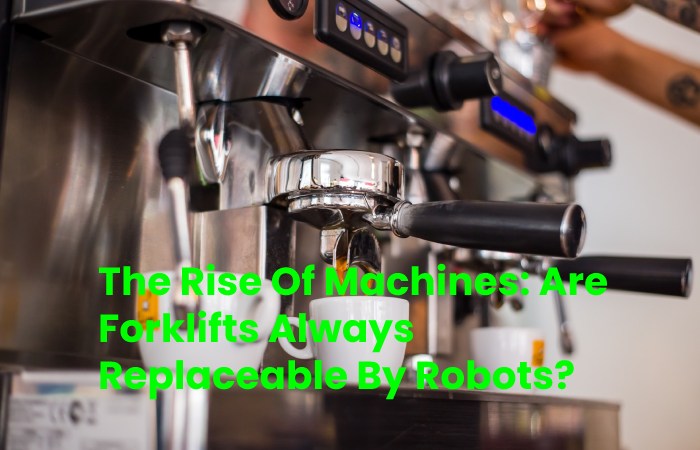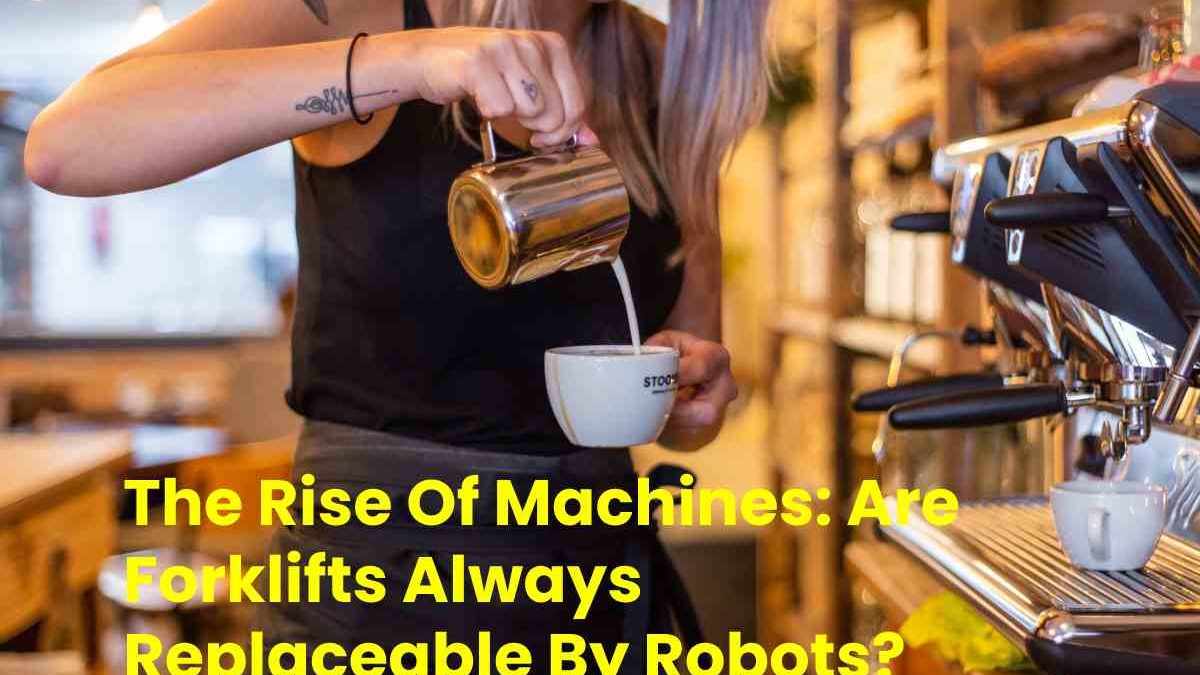Robots It seems unavoidable. Suppose we believe the many experts who speak in magazines, websites and newspapers. In that case, every warehouse manager who wants to survive should be prepare to incorporate automation and robots in the daily activity of his warehouse. But is automation the only answer? Do you need to get rid of forklifts and other reliable warehouse systems to compete? We will look at this topic from three different perspectives to find the answer.

Table of Contents
1. What Functions Do Robots Perform?
An AGV is an automated guided vehicle that can describe as a hybrid between a forklift truck and a robot. Actually, the term “robot” includes many different types of machines. In logistics, robots can be use as an (internal) means of transport, a delivery tool (transporting food, for example), a picking tool in loose order picking environments, and finally as an AGV application. It overcomes most robots’ limitations: not being a lifting solution. That said, we can conclude that only AGVs specializing in material handling solutions can compete with (some) of today’s forklift activities.
2. What Types Of Warehouse Activities Do Robots Facilitate?
For the investment to be profitable, a robot must constantly work. Below we examine the volume of warehouse activity in four different company categories. Storage is included as it is a “static” activity.
Requiring constant productivity, robots or automated solutions can only be used in green areas. Simply put, work must be repetitive to be “programmable.” Even in these cases, it is necessary to duly analyze whether it is appropriate to make such a significant investment. Instead, sometimes the answer lies in making minor improvements by adjusting processes or using other material handling devices. All other areas continue to benefit from the reliable handling of forklifts or pallet trucks.
3. What Is The Big Picture?
Warehouse automation can bring many benefits, such as higher service levels, fewer picking errors, or lower operating costs. But the fundamental question should never be whether to consider the use of robots. Warehouse managers must periodically analyze the general business strategy and assess whether the logistics operation favors it. And also They must examine the supply chain. They must consider changes in their markets, user behavior, product range, distribution points, transport and packaging. Only by carrying out the corresponding analysis will you know if you need to adapt your operations and possibly use new technologies.
First Generation Technological Equipment Or Handling Robots
The first generation includes manipulator robots. And also which repeat tasks in a programmer manner under software in sequence. These do not consider the alterations that occur in their environment. They also used at an industrial level.
Its mechanical systems made under elementary structures, applied in sequential trades that only need the continuous movement of a few pieces. They usually remotely steered by a human operator and replace many human hands.
Second Generation Technological Devices or Learning Robots
Within the classification of second-generation robots, some perform tasks after learning the movements that human operators execute. Despite using more advanced technology, the signs of this type of robot also made accordingly.
What makes second-generation machine learning robots is their specialized sensors and feedback systems. And also Through the manages to capture what tasks must do and the movements necessary for it and check the result of practice.
- Industrial robots perform tasks of welding, cutting, plastic injection, manufacturing, among others
- Classification of third-generation robots: robots with sensors
- In the variety of robots, the third generation is reprogrammable through computers. These also have artificial sensors and other parts that allow vision and touch using programming languages.
Known as robots with sensitized control. And also often operate in areas where multiple tasks carry out. Since being programmable, humans can control their mechanical system as they need to execute each one.

